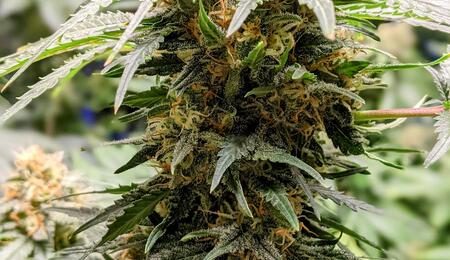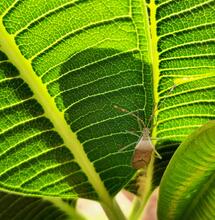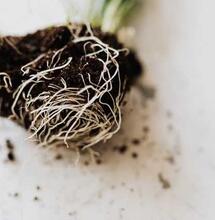What is Rhizobacteria?

Rhizobacteria are bacterial communities that act as biostimulants. As their name indicates, they are housed in the growing medium that cannabis roots use to improve their physiological performance, especially in the absorption of nutrients and the general health of the crop.
Properties of rhizobacteria in cannabis cultivation.
Some species of rhizobacteria in cannabis cultivation improve the immune response of the plant. Rhizobacteria are microbes that, when inoculated, improve root development and the response to various types of abiotic stress such as drought, flooding, extreme heat or salinity or when we overdo it with fertilizers or when pests threaten. Their incorporation into cannabis cultivation will improve the harvest and the vigour of the plant as well.
These microscopic living beings are housed throughout the growing medium or should be housed for the sake of your crop, in a layer that forms around the root called the rhizosphere. A series of chemical interactions occur there that we are still far from fully understanding. But we know a lot about the positive effect of stimulating this key area in cannabis cultivation. Mycorrhizae and Trichoderma, chelating agents, and almost everything that improves the plant's relationship with its nutrients also work there.
The bacteria that live in that area, in interaction with the root, are known as rhizobacteria. They are only 5% of all the bacteria that usually inhabit that area. That is why you have to know them and stimulate them.
Why grow cannabis with rhizobacteria?
Pseudomonas, Bacillus, and Rhizobium are some of the bacteria that enhance cannabis cultivation by strengthening the roots. Cuttings can also accelerate growth. Inoculation with Pseudomonas sp. increased the photosynthetic rate during the vegetative, reproductive and flowering periods.
Bacillus sp. and Mucilaginibacter sp. increased the number of flowers and the growth rate of axillary buds. Bacillus sp., Mucilaginibacter sp., and Pseudomonas sp. showed potential to influence plant growth by producing phytohormones, phosphorus solubilization, and nitrogen fixation. They achieved this under stressful growth conditions.
More From Soft Secrets:
Insects in the Grow Room, Friend or Foe
Why are my Plants Turming Yedllow?



.png)
